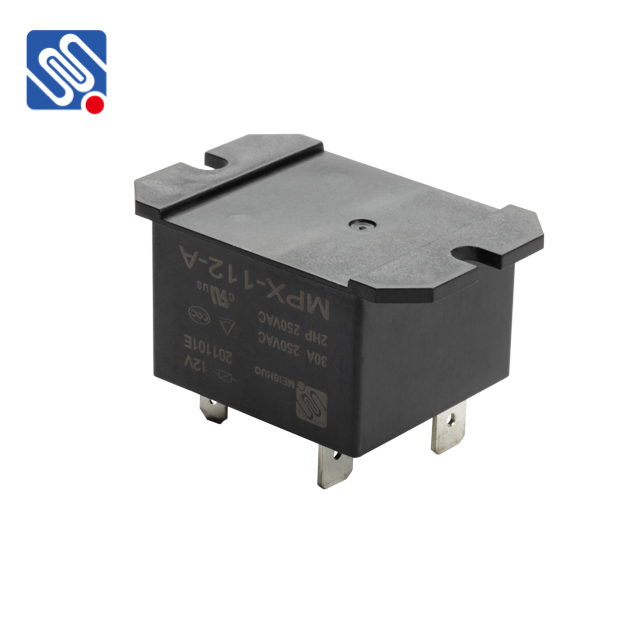The 220V 30A relay is a versatile and essential component used in a wide range of power control applications, particularly for controlling high-power electrical devices. Whether it’s in industrial automation, home appliances, or automotive systems, this relay plays a crucial role in providing reliable switching of high-voltage circuits. In this article, we will explore the working principles, features, applications, and considerations when using the 220V 30A relay.

What is a 220V 30A Relay? A 220V 30A relay is an electrical switch that allows a low voltage or low current control signal to turn on or off a high-voltage circuit, typically at 220V AC and a maximum current of 30A. This enables users to control high-power equipment with minimal power consumption on the control side. Relays are integral to electrical systems because they offer safe, efficient, and isolated switching capabilities. The relay consists of an electromagnet, a set of contacts, and a mechanical armature that opens and closes the contacts in response to the input control signal. The control signal is usually applied to the relay coil, which generates a magnetic field, pulling the armature and causing the contacts to close or open depending on the relay’s configuration (normally open or normally closed).